Bulbs
Flower Basics
Flower Beds & Specialty Gardens
Flower Garden
Garden Furniture
Garden Gnomes
Garden Seeds
Garden Sheds
Garden Statues
Garden Tools & Supplies
Gardening Basics
Green & Organic
Groundcovers & Vines
Growing Annuals
Growing Basil
Growing Beans
Growing Berries
Growing Blueberries
Growing Cactus
Growing Corn
Growing Cotton
Growing Edibles
Growing Flowers
Growing Garlic
Growing Grapes
Growing Grass
Growing Herbs
Growing Jasmine
Growing Mint
Growing Mushrooms
Orchids
Growing Peanuts
Growing Perennials
Growing Plants
Growing Rosemary
Growing Roses
Growing Strawberries
Growing Sunflowers
Growing Thyme
Growing Tomatoes
Growing Tulips
Growing Vegetables
Herb Basics
Herb Garden
Indoor Growing
Landscaping Basics
Landscaping Patios
Landscaping Plants
Landscaping Shrubs
Landscaping Trees
Landscaping Walks & Pathways
Lawn Basics
Lawn Maintenance
Lawn Mowers
Lawn Ornaments
Lawn Planting
Lawn Tools
Outdoor Growing
Overall Landscape Planning
Pests, Weeds & Problems
Plant Basics
Rock Garden
Rose Garden
Shrubs
Soil
Specialty Gardens
Trees
Vegetable Garden
Yard Maintenance
How to Grow Salvia Divinorum
How to Grow Salvia Divinorum. Growing your own Salvia divinorum has endless benefits, but I won't go into that. If you're already hip to the jive, then here's the skinny on how to grow your own Salvia divinorum plant.
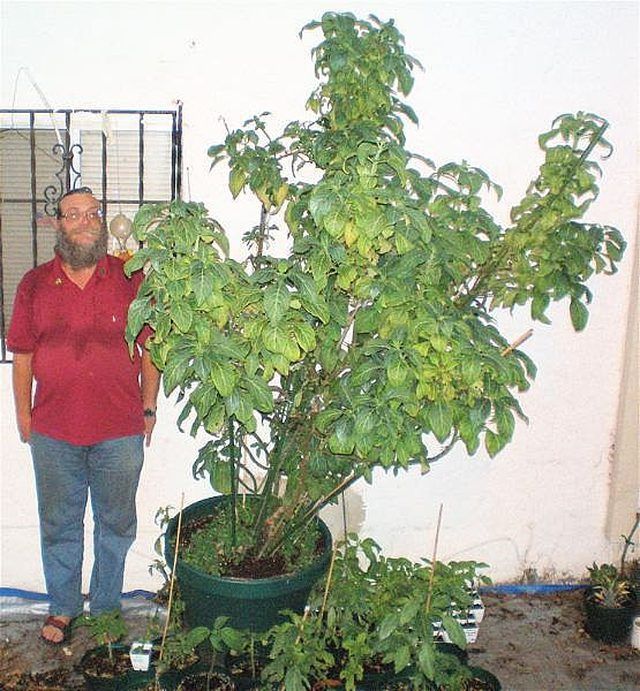
Growing your own Salvia divinorum has endless benefits, but I won't go into that. If you're already hip to the jive, then here's the skinny on how to grow your own Salvia divinorum plant.
Things You'll Need
Salvia cutting
Pots or indoor equivalent
Watering can
A "Yes I Can" attitude
Decide to use a Salvia cutting.
You must get a Salvia cutting. Check the Resourses listed at the bottom of this article for where to buy fresh Salvia cuttings online.
A Salvia cutting is just what it sounds like: a portion cut off of a full Salvia plant. Cuttings turn into full Salvia plants when grown properly, and this is how most people prefer to grow Salvia.
You either need to get a Salvia cutting or get some Salvia seeds. Roughly 1% of all Salvia Divinorum seeds will ever germinate, so don't use seeds. I'm writing this with the assumption that you are using a Salvia cutting. If you're using Salvia seeds, check out something else I guess.
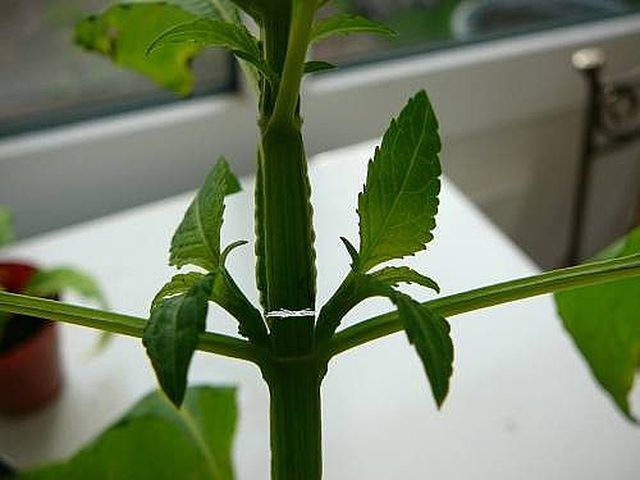
Put each cutting into a glass of water.
Each glass should have about 1 1/2 to 2 inches of water. If you have multiple cuttings, put them in different containers. This way if one of your cuttings spoils and rots or something weird like that, it won't affect the other cuttings.
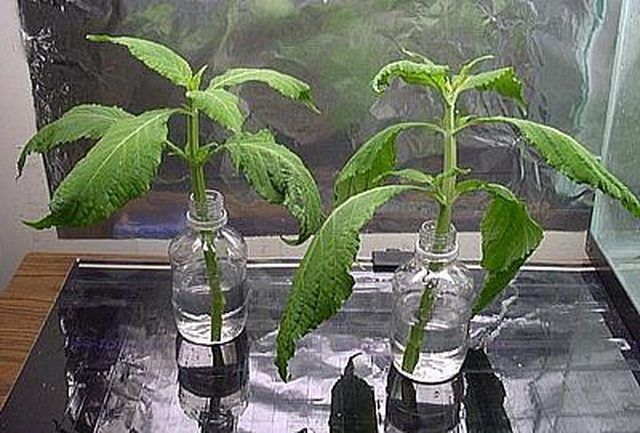
Plant your Salvia in a pot.
After a couple weeks of sitting indoors in the water cups, your Salvia plant will have established long enough roots that you should be able to plant it indoors using a pot. If your Salvia roots are around 1 inch long then you know it's time to get some soil on it. Get a pot and fill it with loose potting soil. Make sure to water the Salvia, with the soil completely moist. Again, you need to keep your Salvia buddy inside for two to three weeks so they'll grow some solid rooting in the pots before being exposed to all kinds of weather craziness outside.

Make a humidity tent.
You need to keep your Salvia plant in a moist environment for a few days after you put them in the pot. This keeps the plant from wilting away. You do this with a humidity tent.
So how do you make a humidity tent? Put a clear plastic bag over your Salvia cutting. Boom, there's your humidity tent. You can also just cover the whole Salvia plant with a big, upside-down jar.
Make sure to fan out the humidity every day.

Fertilize.
Start giving your Salvia a little bit of fertilizer about a month after you first put the Salvia plant into the pot of soil. Most any general kind of fertilizer is fine, but make sure you don't overfeed your Salvia.
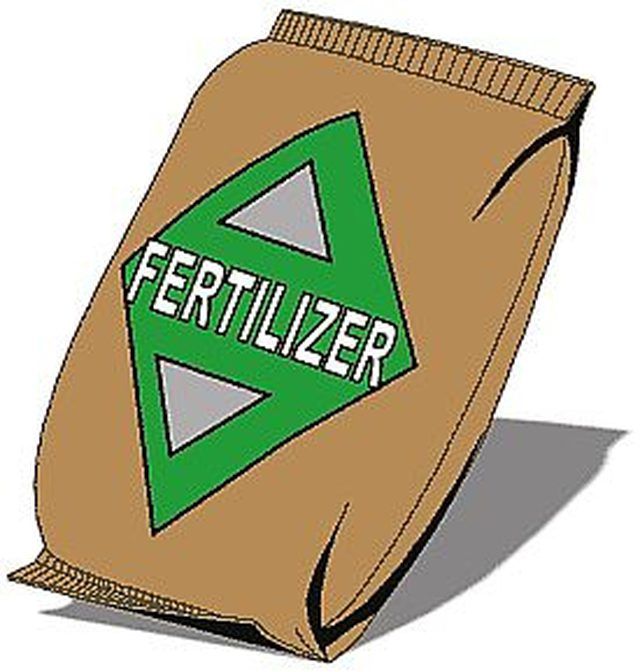
Re-pot.
You should transplant your Salvia into a larger pot of soil every few months because it will most likely have outgrown its current pot. Put your potted Salvia inside in some lightly shaded area, and make sure it gets no more than three or four hours of direct sunlight throughout the day.
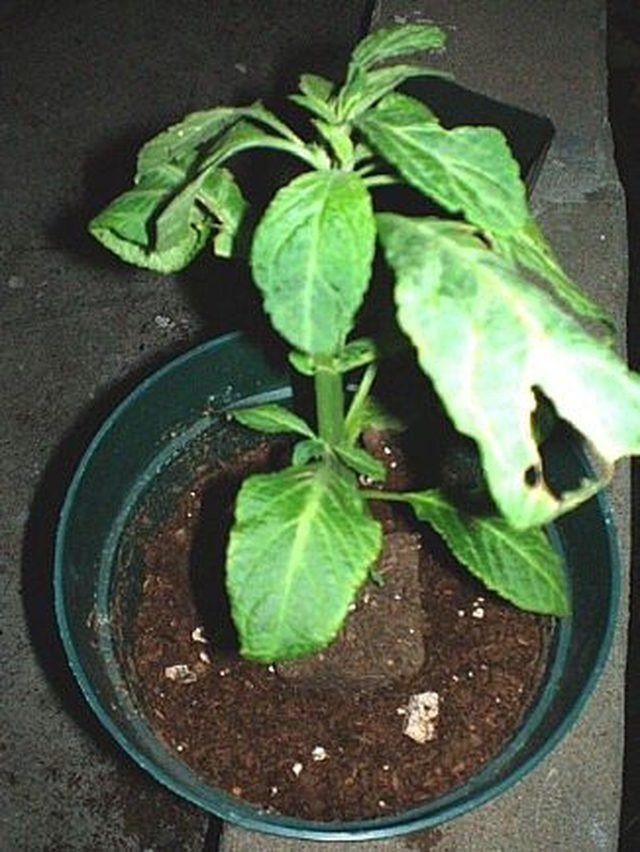
Enjoy having your own Salvia plant.
Congratulate yourself because you're one of the proud owners of your very own homegrown Salvia Divinorum plant, and you can proceed on to do whatever it is you want to do with a full-grown Salvia plant.
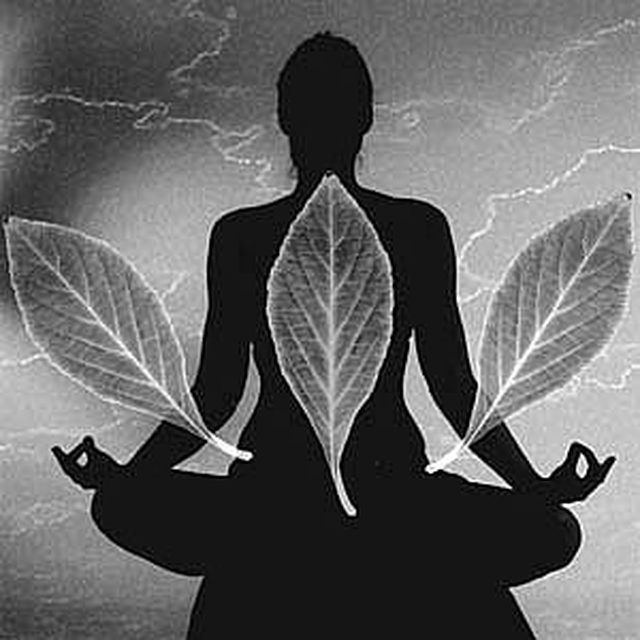
Tips & Warnings
The ideal temperatures for the Salvia plant is 60 to 80 degrees Fahrenheit.
Keep your Salvia watered!